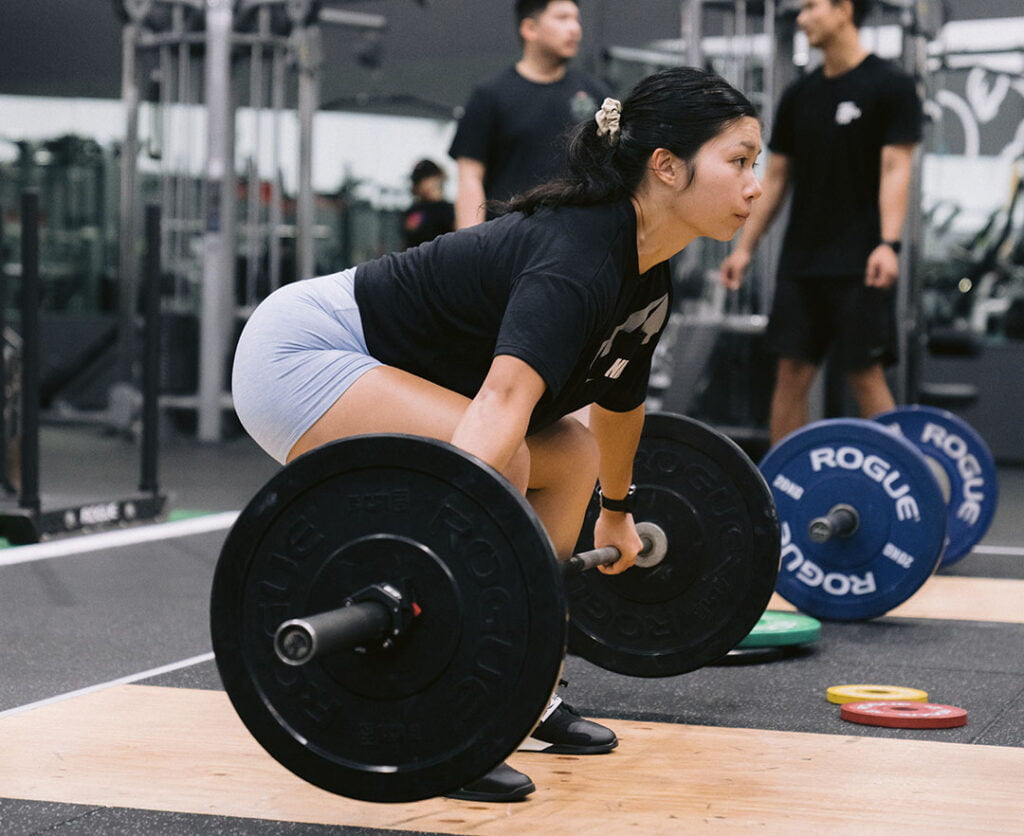Exploring Different Types of Weight Training
Weight training is great for getting stronger and fitter, but did you know there are different types that give different results? Some types focus on making you really strong, while others help with endurance. It’s important to pick the best type for what you want to achieve.
Some might make you look good, but not necessarily make you stronger or fitter. Knowing about these different types can help you choose the right one for you and reach your fitness goals faster.

1. Bodybuilding
Bodybuilding is a form of weight training exercise that involves lifting weights to build muscle and sculpt the body. It’s not just about getting big muscles; it’s also about creating symmetry and definition.
Bodybuilders often follow strict workout routines and diets to achieve their desired physique. They may focus on specific muscle groups on different days of the week and adjust their calorie intake to support muscle growth.
Bodybuilding competitions showcase the results of intense training, with participants judged on factors like muscle size, definition, and overall appearance.
2. Brute Strength Power Lifting
Brute Strength Powerlifting is a type of weightlifting focused on lifting the heaviest weights possible for the squat, bench press, and deadlift.
It’s all about raw strength and power, aiming to lift as much weight as you can for a single repetition. Powerlifters often train using low repetitions and heavy weights to maximise strength gains.
Unlike bodybuilding, which focuses on aesthetics, powerlifting is solely focused on increasing strength and improving performance in these three main lifts.
Competitions in powerlifting test participants’ strength levels by seeing who can lift the most weight in each of the three lifts.
3. Quick Circuit Training
Quick Circuit Training is a fast-paced workout method that combines resistance exercises with cardio bursts. It involves moving quickly from one exercise to the next with minimal rest in between, typically targeting different muscle groups.
The goal is to keep the heart rate up while challenging the muscles, making it a great option for those short on time. Quick Circuit Training sessions are often structured with a set number of exercises performed for a specific duration or number of repetitions.
This efficient approach to fitness can help improve cardiovascular health, boost metabolism, and increase muscular endurance.
4. Isometric Weight Training
Isometric Weight Training is a type of strength training where you hold a static position against resistance without moving the joint.
Unlike traditional weightlifting exercises that involve dynamic movements, isometric training involves holding a position for a specific amount of time, usually aiming to contract the muscles as hard as possible. This method helps to strengthen muscles and improve stability without putting excessive stress on the joints.
Isometric exercises can be performed using body weight or with equipment like resistance bands or wall presses. They are effective for building strength, enhancing muscular endurance, and improving overall muscle tone.
5. High-Volume Training
High-Volume Training is a workout method that involves performing a large number of sets and repetitions for each exercise. It focuses on increasing the overall workload by completing multiple sets of exercises with moderate to high repetitions.
This approach aims to induce muscle fatigue and promote muscle growth through increased time under tension. High-Volume Training is often used by bodybuilders and athletes looking to build muscle mass and endurance.
It typically involves shorter rest periods between sets to maintain intensity and maximise muscle pump. Incorporating high-volume workouts into your routine can lead to hypertrophy, improved muscular endurance, and enhanced overall fitness levels.
Frequently Asked Questions
Is 30 minutes of weight training a day enough?
Wondering if 30 minutes of daily weight training suffices? It’s ideal for beginners or those short on time. Focus on compound exercises for maximum efficiency and results.
How many days a week should you lift weights?
Curious about the optimal frequency for weightlifting sessions? For most people, lifting weights 2-3 days a week is effective.
This allows for adequate recovery while promoting strength gains and muscle growth. Adjust based on individual fitness goals and recovery capacity.
Is it OK to weight lift every day?
Considering weightlifting daily? While it’s possible, it’s not always recommended for most people. Rest days are crucial for muscle recovery and growth.
Aim for a balanced routine with 2-3 days of weightlifting per week to prevent overtraining and optimise results.
Is 4 days a week enough to Build muscle?
Wondering if 4 days a week is sufficient for muscle building? Absolutely! With a well-designed workout plan and proper nutrition, 4 days of weightlifting can lead to significant muscle growth.
Focus on compound exercises and progressive overload to maximise gains while allowing for adequate rest and recovery between sessions.
